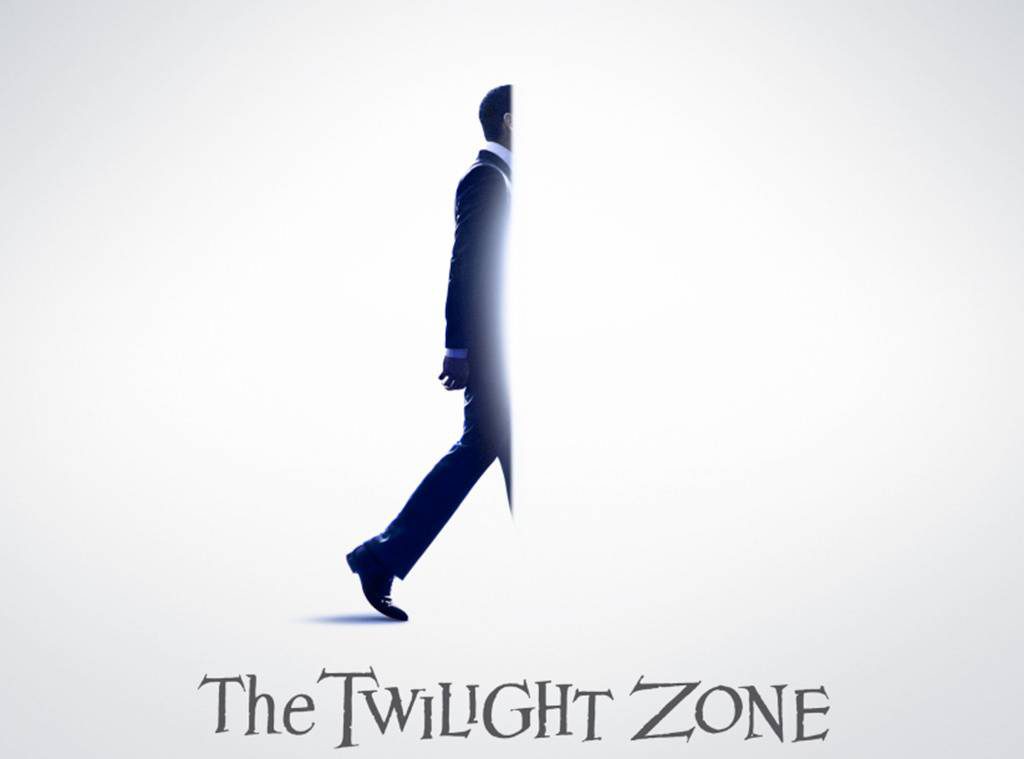Anthologies Provide Something Fresh In Television

PHOTO COURTESY OF CBS
With new programming premiering every television season, some shows go beyond storylines covering multiple seasons and years. In fact, there are programs that solely focus on one season or even one-episode storylines. These “anthologies” have been around on television since the late 1940s. These are programs that showcase a self-contained storyline that doesn’t adhere to the stories that came before or after it.
Currently the format soldiers on, with the likes of popular shows like Black Mirror, American Horror Story, Love, Death and Robots and the remake of The Twilight Zone being the big frontrunners in the genre. What does this method of telling a story bring to the table in a media environment that some could argue is already brimming with content?
When looking at each program, whether that be the formerly British and now American-produced Black Mirror on Netflix or the remake of The Twilight Zone on CBS, they all have one thing in common. It’s the core of all good anthologies: tightly-written stories that leave audiences satisfied. They need to walk a fine line, where the presented storyline is concluded well enough but leaves the audience craving more from that episode’s or season’s universe. This is certainly the case for Black Mirror, where every episode takes place in a time where technology has gotten out of hand in some fashion. Never is the universe explored or explained more than what is required for the plot or exposition, but it leaves the viewer wanting to know so much more.
In the climate of television where writers are teeming with ideas for stories, an anthology may be more useful for delivering those stories. Whether for just an episode or an entire season, there are simple ideas that could be the entire premise for a show’s episode. Take the plot for The Twilight Zone’s “Nightmare at 20,000 Feet”—“A man recovering from a nervous breakdown sees a horrifying creature on the wing of his plane.” This simple idea for a plot could be drawn out into an entire season, but it’s much more applicable for one episode or even a television movie. When looking at shows that condense their stories to only a season, two notable examples appear: American Horror Story and True Detective.
The anthology format particularly compliments the former due to its explicit theming for seasons. Whether it’s Asylum, Freak Show or the newly announced season nine theme, 1984, the writers are allowed more creative liberties per season rather than being tied down by one singular overarching theme throughout the show. In True Detective’s case, there can be more of a focus on smaller details of the story and concentrating on that rather than trying to ensure that seasons link up and have sensible transitions. When looking at American Horror Story’s twin show, American Crime Story, that show deals with true-to-life stories of famous criminal scandals. It’s a suitable genre for anthologies due to its ability to portray events in a semi-realistic fashion and have enough source material to last an entire 10 to 13 episodes.
The format of television is always evolving, the landscape of storytelling is ever changing. With anthology television, writers are allowed freedom never seen before and television is better because of it. If you don’t feel like watching a 12-season show with 45-minute episodes, then it’s easy to find an alternative 20-minute episode of an anthology series that will leave you with the same effect of watching masterful storytelling with compelling characters. If anthologies are the way of the future, audiences should look forward to what’s to come.




